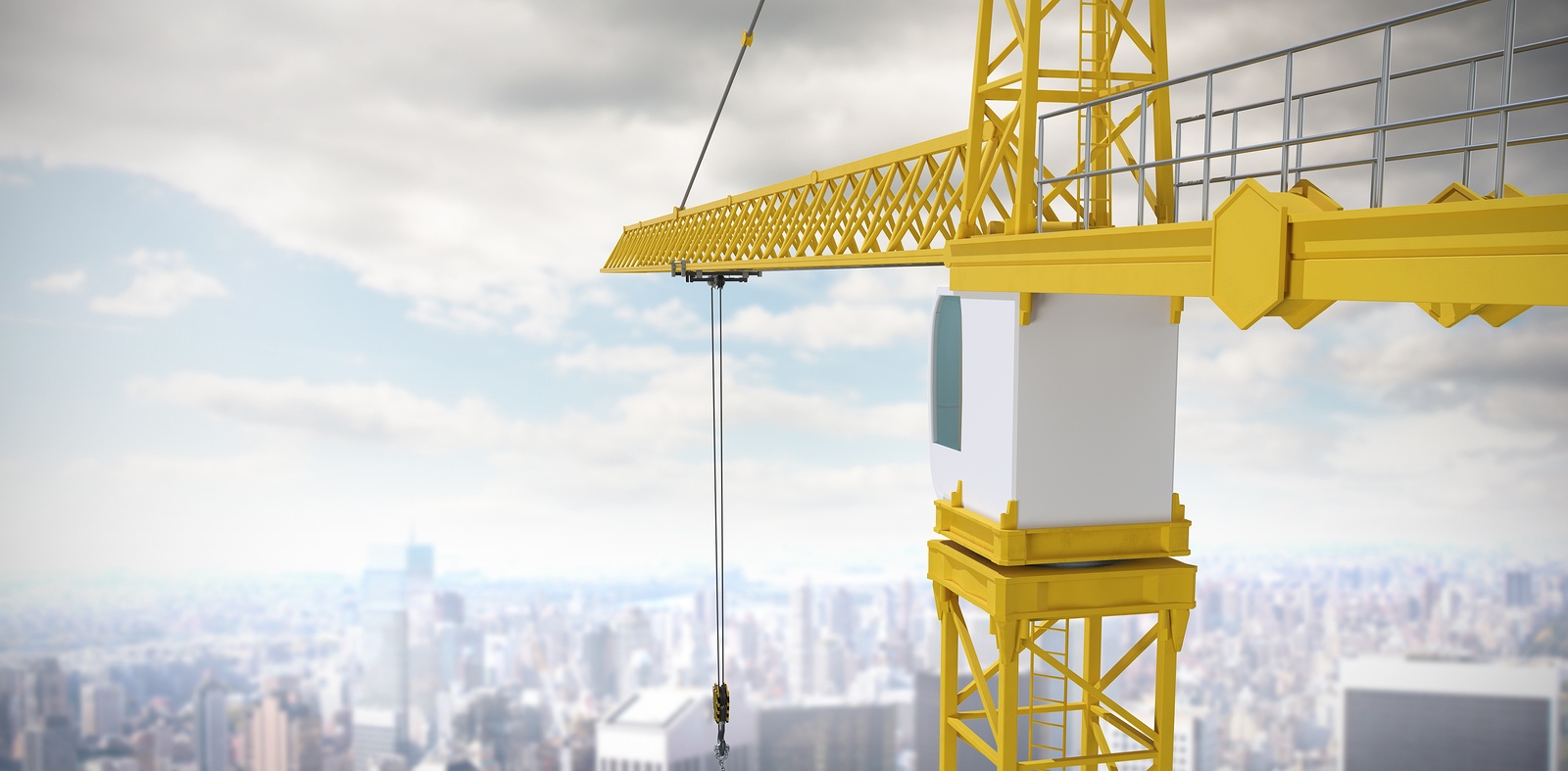New York City is constantly under construction and as we push the limits of building higher and higher, keeping neighborhoods under construction safe has become more challenging. A number of horrific crane accidents have prompted the City Council and the Department of Buildings (DOB) to collaborate with industry experts to propose changes and updates to construction safety regulations in order to keep the public safe.
The rule changes affecting RCNY 3319-01; were the results of the DOB establishing a Crane Rule Advisory Committee in 2015 composed of 36 representatives from the crane and derrick industry; including engineers, operators, manufacturers and construction firms. The Committee’s work was completed in January 2016 and the current legislation was based in large part on their recommendations.
The amendments also incorporate previous crane and derrick recommendations from the DOB June 2009 High Risk Construction Oversight Study, and the Crane Safety Technical Working Group appointed by Mayor de Blasio and DOB Commissioner Chandler following the February 2016 crane collapse in Tribeca which resulted in a death of a pedestrian.
The rule changes address the following issues related to cranes and derricks:
- Safety related to high winds
- Inspections
- Reporting and Documentation
- Engineering Plans
- Operations new powerlines
In effect, the rule changes modify the entire process for the design, plan approval, permitting, inspection, licensing and qualifications of operating and supervisory personnel, crane operations, dismantling and reuse of cranes and derricks in NYC.
On April 24th, 2017 the City Council’s Committee on Housing and Building approved the following bills:
Intro 0081 – 2014 – The bill adds a new regulation under the 2014 Administration Code, AC 28 – 103.26, that which would require the DOB to notify the Federal Occupational Safety and Health Administration of any hazardous violation of the 2014 BC, Chapter 33.
Intro 1421 – 2017 – The bill requires that construction cranes are to be provided with global positioning system which allows the DOB locate the construction crane to verify compliance with approved permits.
Intro 1435 – 2017 – The bill requires that construction cranes must be equipped with event recorders by January 1, 2019. The data to be recorded would include at a minimum the crane configuration, any overload conditions, status of limit switches and operator overrides. The data gathered must be made available to the DOB upon request.
Intro 1446 – 2017 – The bill establishes different operating licenses classifications for larger cranes; to ensure that the crane operator is qualified for the size of the crane. The new classifications are B 1 and B2; B 1 is the for Class ‘A’ basic hoisting machine operator’s license and B 2 is for operating cranes with booms, jibs and other extensions exceeding 300 feet including truck mounted cranes.
Intro 1448 – 2017 – The bill amends 2014 BC, Chapter 33, BC 3301.3; to require that a “primary construction superintendent” and a “site safety plan” be provided for almost all types of construction / demolition projects in NYC. The role of the primary construction superintendent is to oversee general construction site safety, verify that the work being done is consistent with approved plans, compliance with the site safety plan provisions, recordkeeping of activities, reporting to the DOB and they are subject to disciplinary actions by the DOB.
In addition, the DOB has adopted rule amendments (effective on May 24, 2017) that will further codify the use, operation, supervision, and reporting requirements for cranes and derricks in NYC.
There is a planned third phase of rule changes scheduled for the second half of 2017, which will continue the process of improving safety for workers and the public. New York City will always be under construction and the public can rest assured that all stakeholders are fully committed to ensuring the future is bright and above all—safe!








